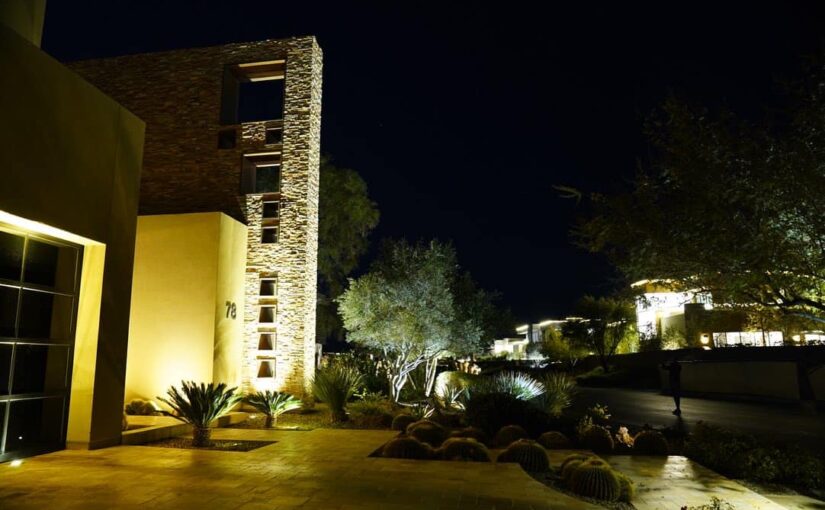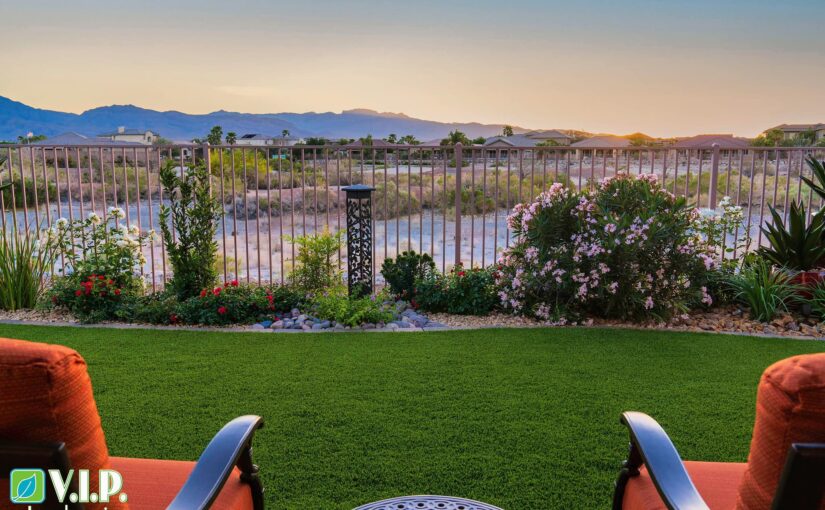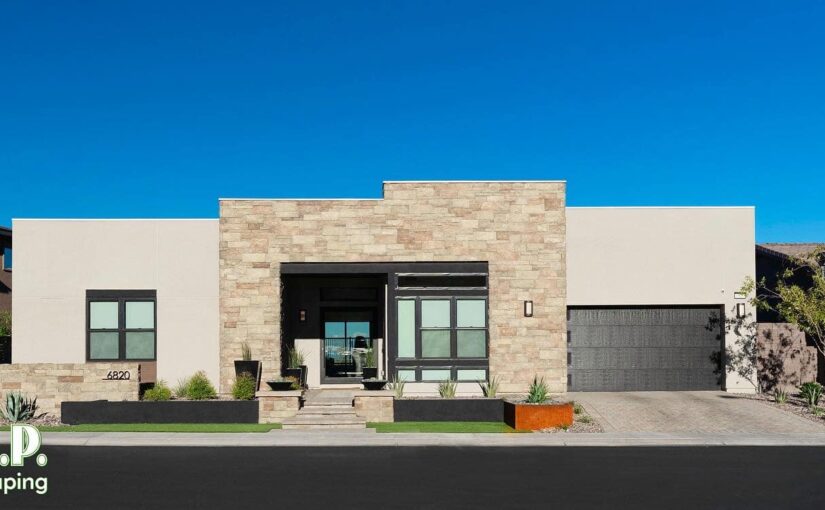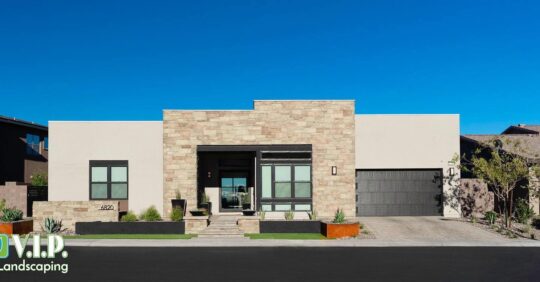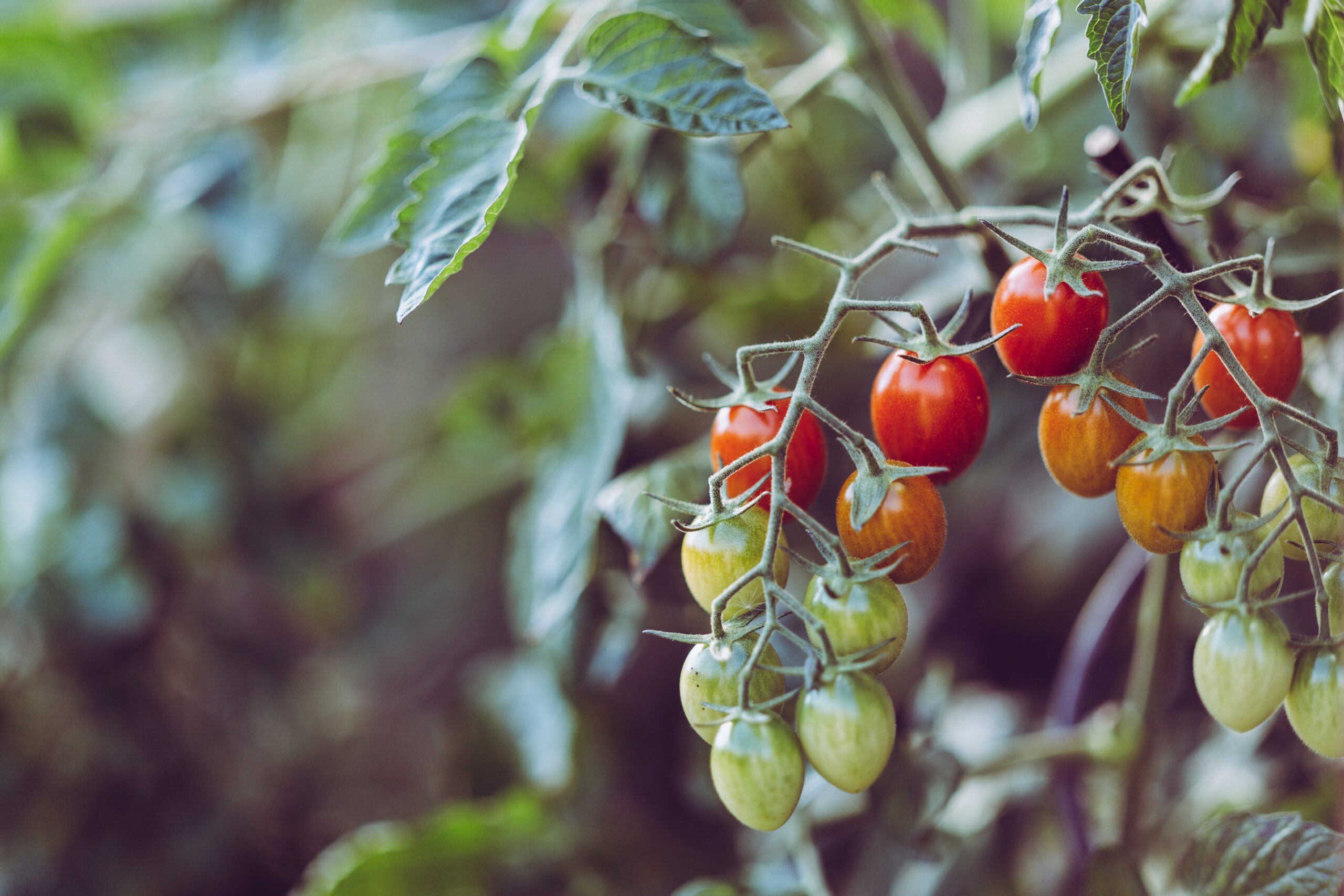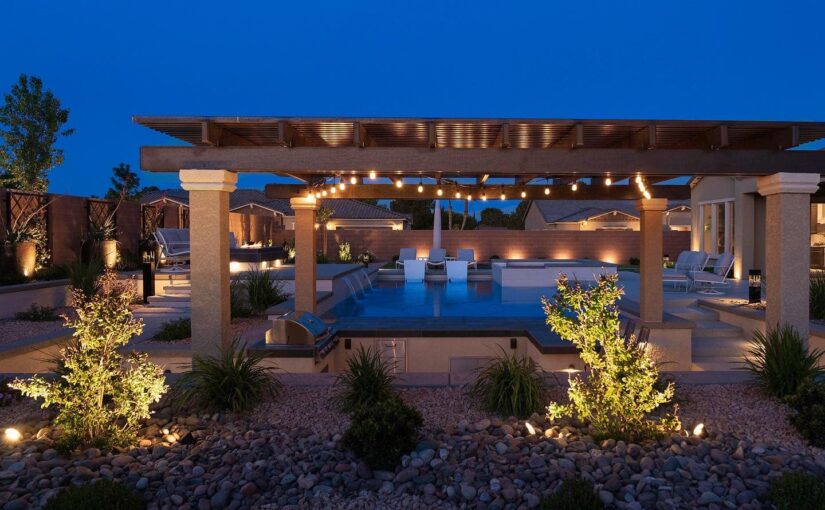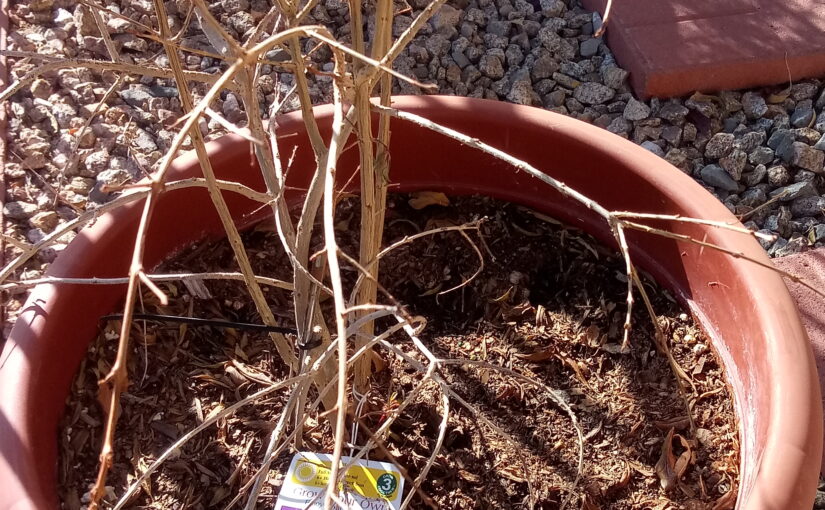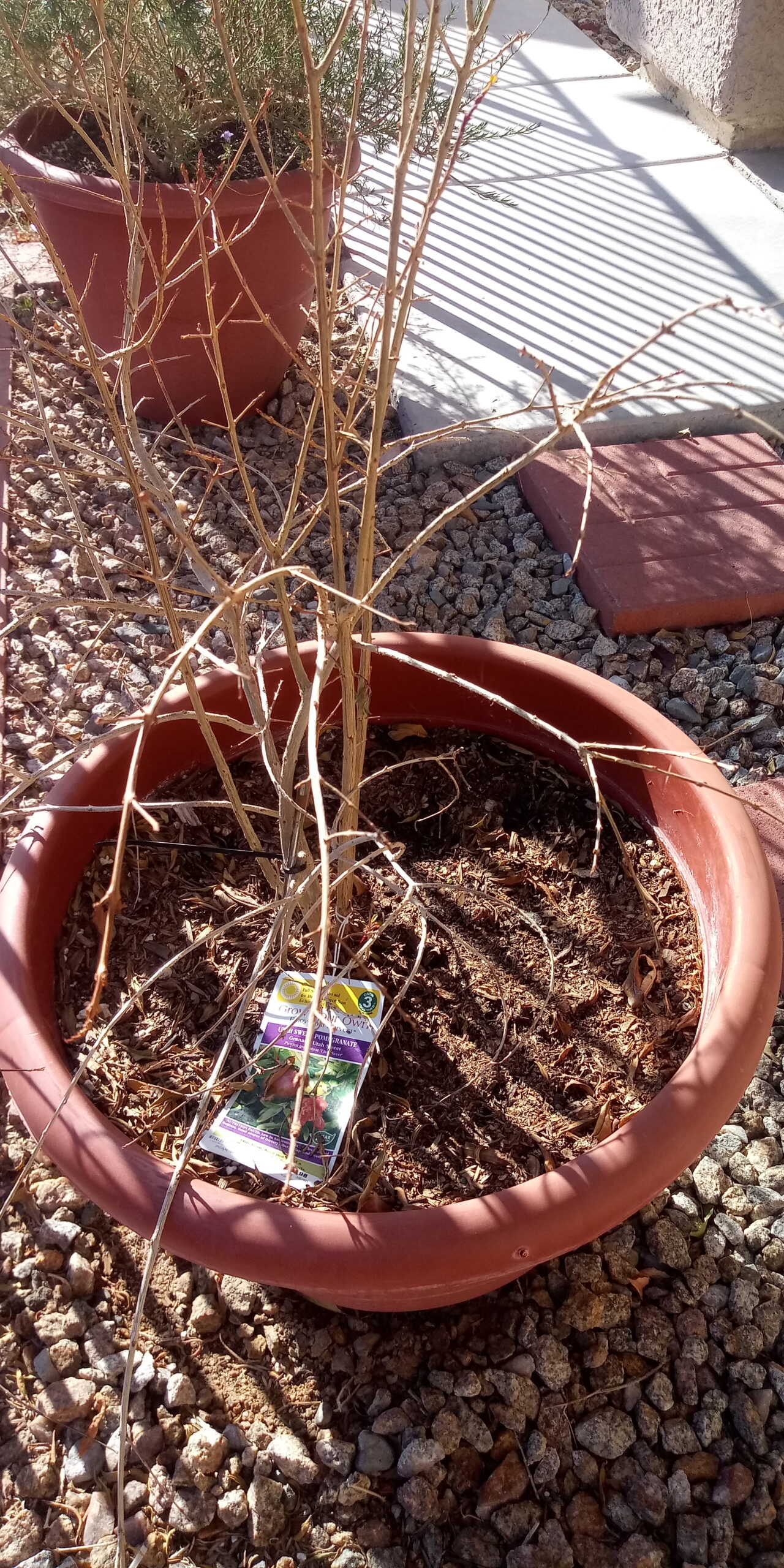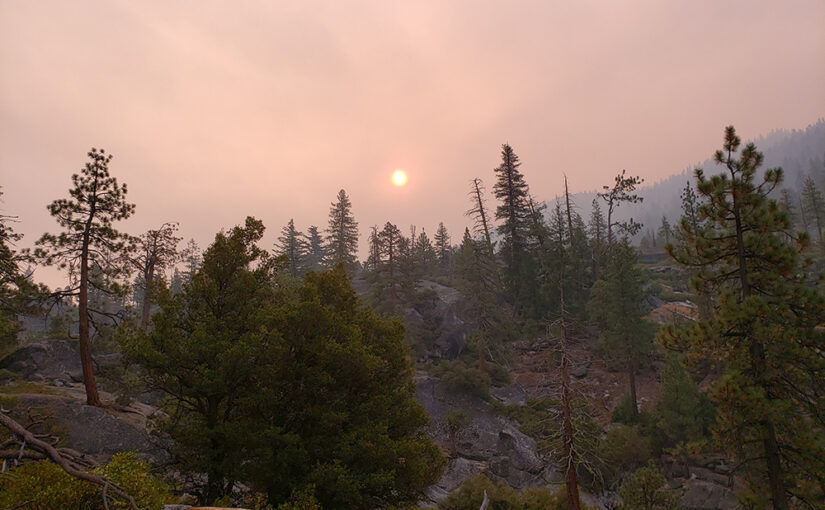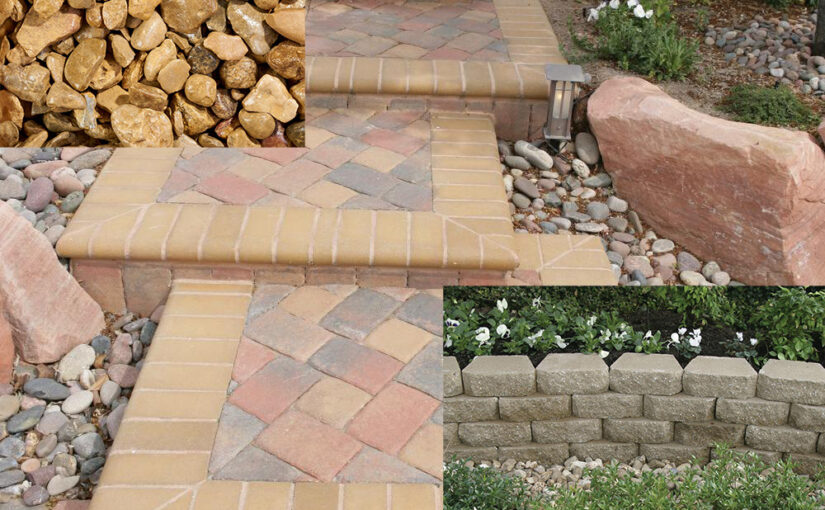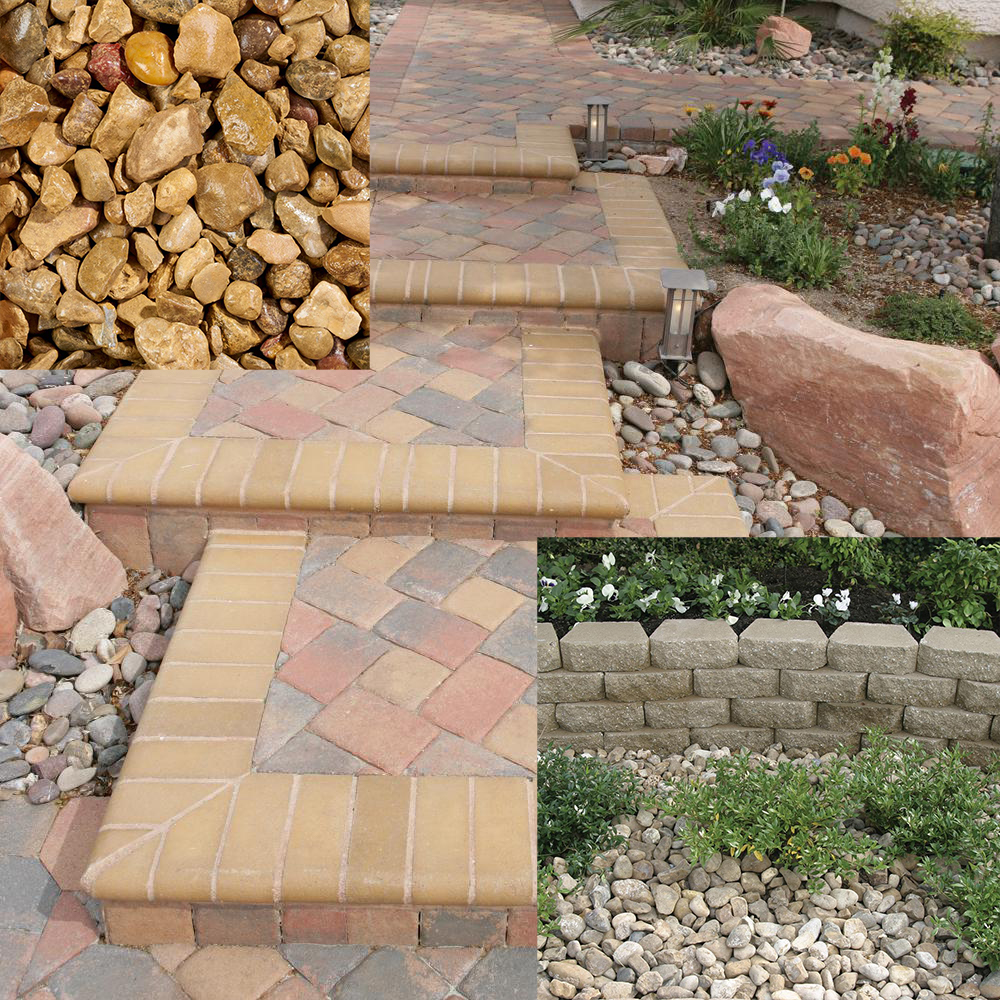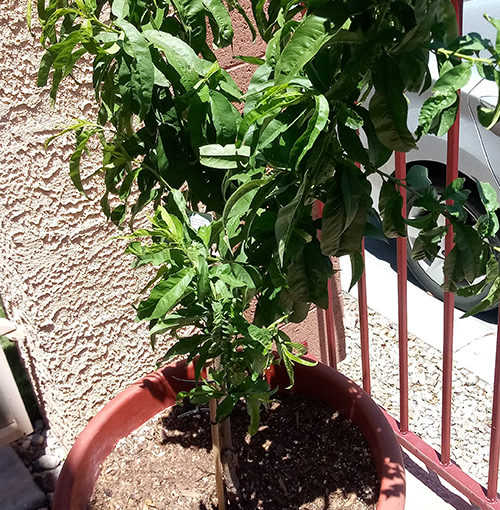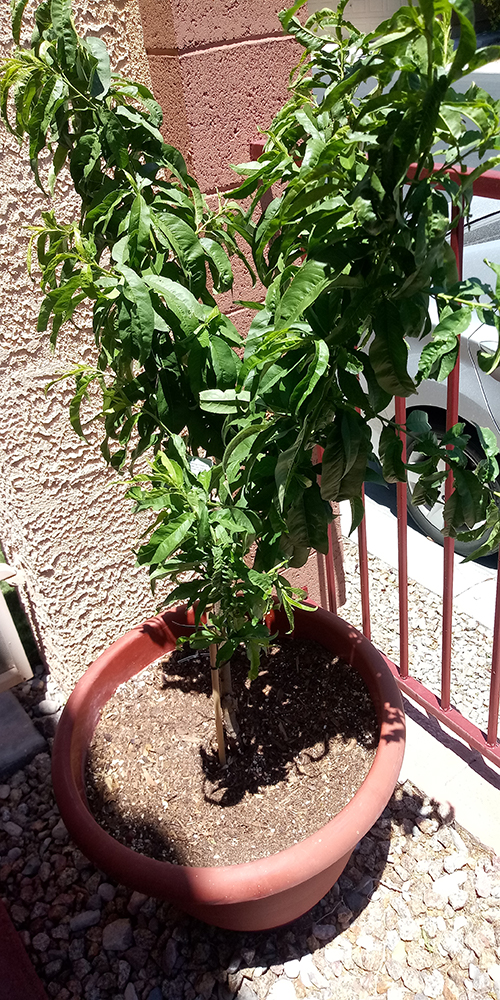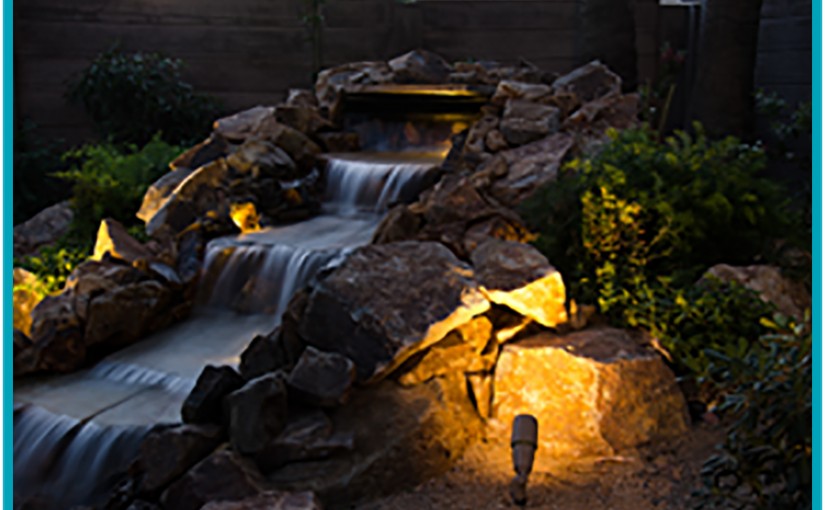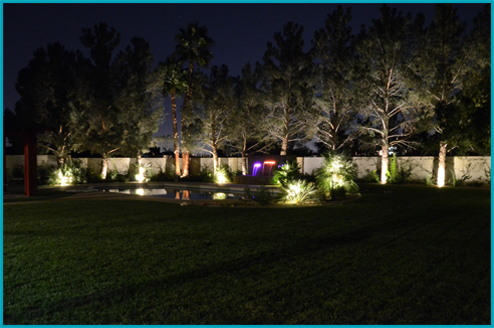Landscaping commercial areas in Las Vegas requires careful consideration of our region’s climate, water scarcity, and the desire for visually appealing and sustainable designs. Some tips we use are: water-efficient plants, efficient irrigation systems, mulching, hardscaping elements, efficient lighting, xeriscaping, artificial turf.
Landscaping commercial areas in Las Vegas is a challenging yet rewarding endeavor. The region’s unique climate, marked by intense heat, scarce rainfall, and water scarcity, demands innovative landscaping solutions that are both visually appealing and sustainable. This post delves into several strategies that cater to these specific needs, ensuring commercial landscapes not only thrive but also contribute positively to the local environment.
Understanding Las Vegas’s Climate and Water Scarcity
Las Vegas is characterized by its arid climate, which poses significant challenges to traditional landscaping practices. The scarcity of water has led to stringent regulations on its use, making it imperative for commercial spaces to adopt water-efficient landscaping solutions. These challenges underscore the need for designs that reduce water consumption while maintaining aesthetic appeal.
Water-Efficient Plants
One of the cornerstone strategies is the use of water-efficient plants. Native and drought-tolerant plants are particularly suited to Las Vegas’s climate, requiring minimal irrigation once established. These plants not only conserve water but also provide a natural habitat for local wildlife, enhancing biodiversity. Selections might include desert marigolds, penstemon, and Joshua trees, which are not only beautiful but also well-adapted to the local environment.
Efficient Irrigation Systems
Innovations in irrigation technology have led to systems that drastically reduce water waste. Drip irrigation, for instance, delivers water directly to the base of the plant, minimizing evaporation and runoff. Similarly, smart irrigation controllers can adjust watering schedules based on real-time weather conditions, further optimizing water use. These systems are essential for maintaining vibrant landscapes in water-scarce regions like Las Vegas.
Mulching and Hardscaping
Mulching is a simple yet effective technique to retain soil moisture, reduce evaporation, and prevent weed growth. Organic mulches, such as wood chips or straw, add nutrients to the soil as they decompose. Hardscaping, the use of non-living elements like rocks, gravel, and pavers, complements mulching by reducing watered areas and adding visual interest and functionality to the landscape.
Efficient Lighting
Sustainable landscaping in commercial areas extends beyond plant selection and water conservation. Efficient lighting systems, such as LED lights, reduce energy consumption and pollution. Strategically placed, they can highlight architectural features and enhance safety, creating an inviting atmosphere for visitors after dark.
Xeriscaping and Artificial Turf
Xeriscaping, a landscaping method that reduces or eliminates the need for irrigation, is particularly suited to Las Vegas’s climate. It involves designing landscapes to utilize rainwater more efficiently and selecting plants that require minimal water. Artificial turf is another option for areas where natural grass would be unsustainable. While it does not provide the cooling effects or environmental benefits of live plants, it remains green year-round without needing water, making it a practical choice for certain applications.
Landscaping commercial areas in Las Vegas requires a thoughtful approach that considers the region’s climate, water scarcity, and the desire for aesthetically pleasing and sustainable designs. By employing strategies such as using water-efficient plants, installing efficient irrigation systems, embracing mulching and hardscaping, optimizing lighting, and incorporating xeriscaping and artificial turf, commercial spaces can achieve beautiful, resilient landscapes that conserve resources and enhance the local environment. These practices not only meet regulatory requirements but also contribute to the sustainability and beauty of Las Vegas, making it a more livable and attractive place for residents and visitors alike.
Local Regulations
As a Nevada landscape contractor we are aware of our local water restrictions and regulations for landscaping commercial areas in Las Vegas. We ensure that your landscaping plan complies with any guidelines set by the city or county.
Professional Landscape Design
Our professional landscape designer is familiar with the Las Vegas climate. We can help create a customized plan that considers local conditions and your specific commercial space. We ensure compliance with regulations and obtain any necessary permits for your commercial landscaping project in Las Vegas.
GET IN TOUCH

